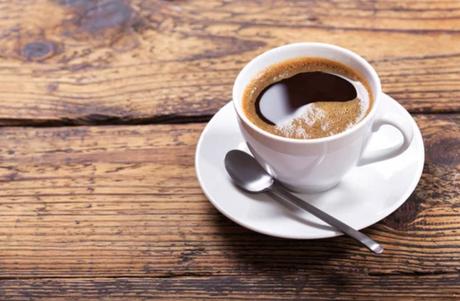The rich, invigorating aroma that comes from freshly roasted coffee beans is something that all coffee connoisseurs delight in smelling, even taking a deeper breath so as to enjoy the full body of the aroma.
So how do you select the best coffee bean to create such a desirable coffee aroma and taste?
There are a few important points to keep in mind to ensure that you select the best quality beans and are able to produce a tasty, full-flavored cup of coffee.

This is how a perfect cup of coffee is made.
Many people think that you can purchase pre-roasted coffee beans in the supermarket and still end up with a delicious, fresh tasting coffee.
The fact is though that once coffee beans have been roasted, they lose their freshness in about a week.
Most, if not all, of the roasted coffee beans sitting on the shelf in supermarkets have long past their period of freshness. So, what is the answer?
The best way to end up with a fresh coffee bean is to find a produce store, coffee specialty shop or fresh produce market that sells green coffee beans.
Unlike roasted beans that only maintain their freshness for around a week after roasting; the green coffee beans stay fresh for years.
So, this is the first point to keep in mind.
As long as you always purchase unroasted, green coffee beans you are on the right track to creating a perfect cup of coffee.
The next thing to decide is the type of coffee bean you prefer. The best-known coffee bean is the Arabica bean, which is preferred for premium coffee blends. The next best-known coffee bean is Robusta.
Cheaper, commercial coffee manufacturers often use Robusta beans to produce their coffees.
This is especially true for instant coffee producers. In total around 20% of all coffee produced around the world is Robusta and 75-80% is Arabica.
For average tasting coffee the Robusta bean is suitable, but coffee connoisseurs definitely prefer Arabica coffee.
The Arabica coffee bean has less caffeine than the Robusta bean and Arabica also has a richer and fuller flavor. Hence the best green coffee bean that you should choose is the Arabica bean.
These two points are the most important in your quest to creating the best cup of coffee ever.
This is how your morning coffee starts its journey!
Puerto Rico Coffee Industry History and Current Status
The next step is to determine the specific growth locations of the Arabica beans that you prefer.
Each different coffee growing region around the world creates its own unique properties in the coffee bean, depending on the conditions during the growth of the beans.
Such factors as climatic conditions actually have an impact on the properties of the beans. So, each growth region has its own distinct flavor and aroma characteristics.
You can perform further research to determine the growth regions you want to use for your first coffee creation. It is possible that you may want to select more than one growth region and variety and to then create a coffee blend from these different varieties.
As you progress and continue to make new blends you will discover the coffee growth regions that give you your preferred espresso coffee flavor and aroma.

It is also important to keep in mind that once you have selected your preferred coffee beans you will need to decide how you are going to roast these beans.
Some coffee drinkers mix their selected beans before roasting.
While other coffee connoisseurs prefer to keep the different beans separated until after roasting, as they say that this method keeps the characteristics of each specific bean variety distinct.
It is only at the coffee grinding stage that the beans are blended together.
In summary the points to keep in mind when selecting the best coffee bean to create a masterpiece cup of coffee are:
- Select unroasted, green coffee beans,
- Select Arabica coffee beans,
- Choose the specific variety or varieties of Arabica bean that you prefer.

